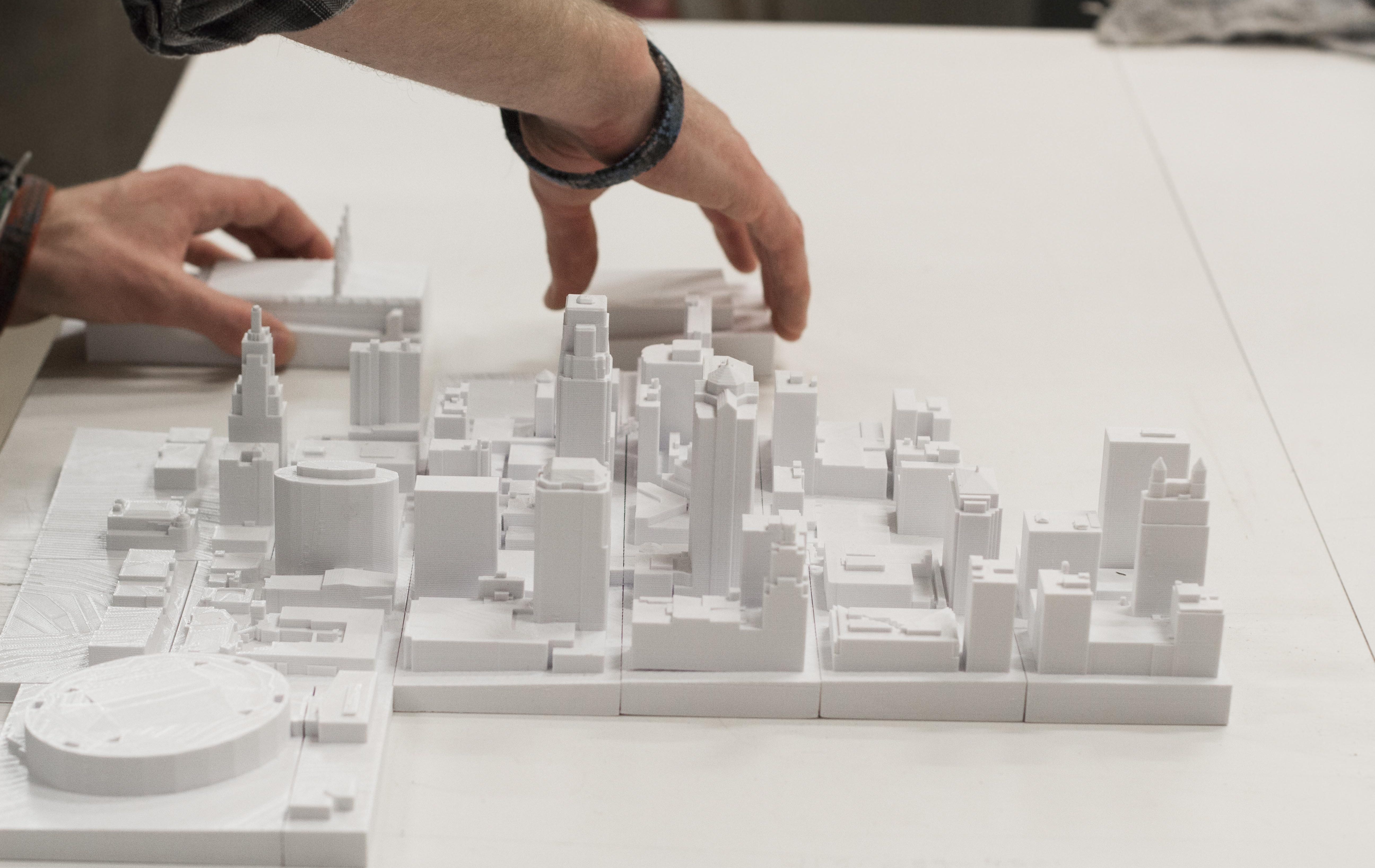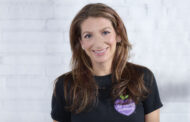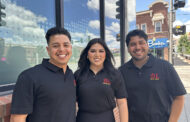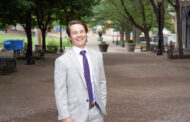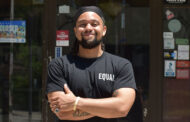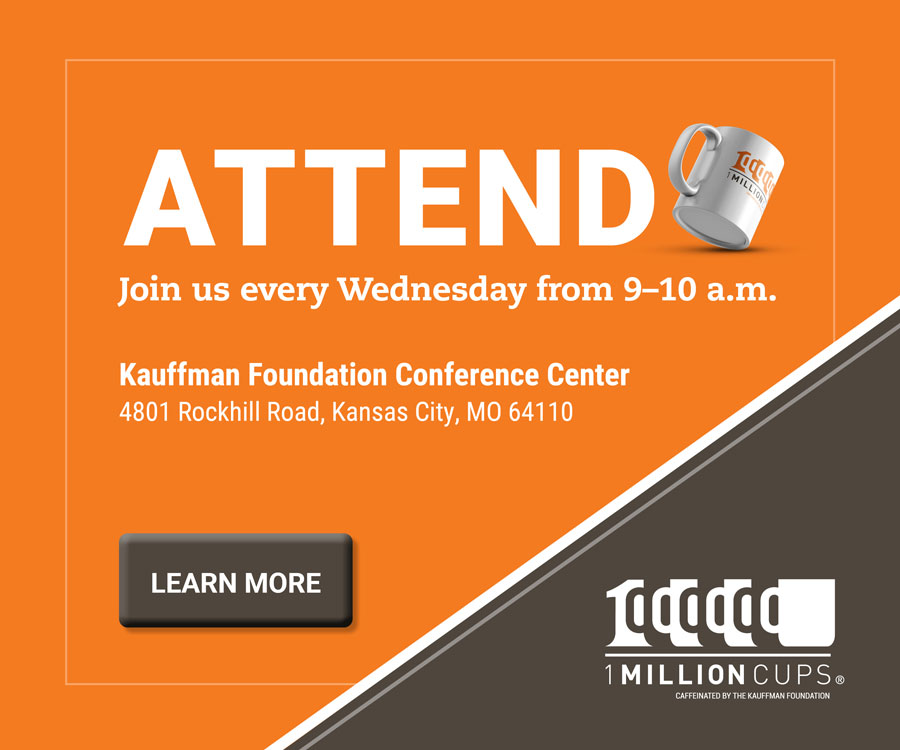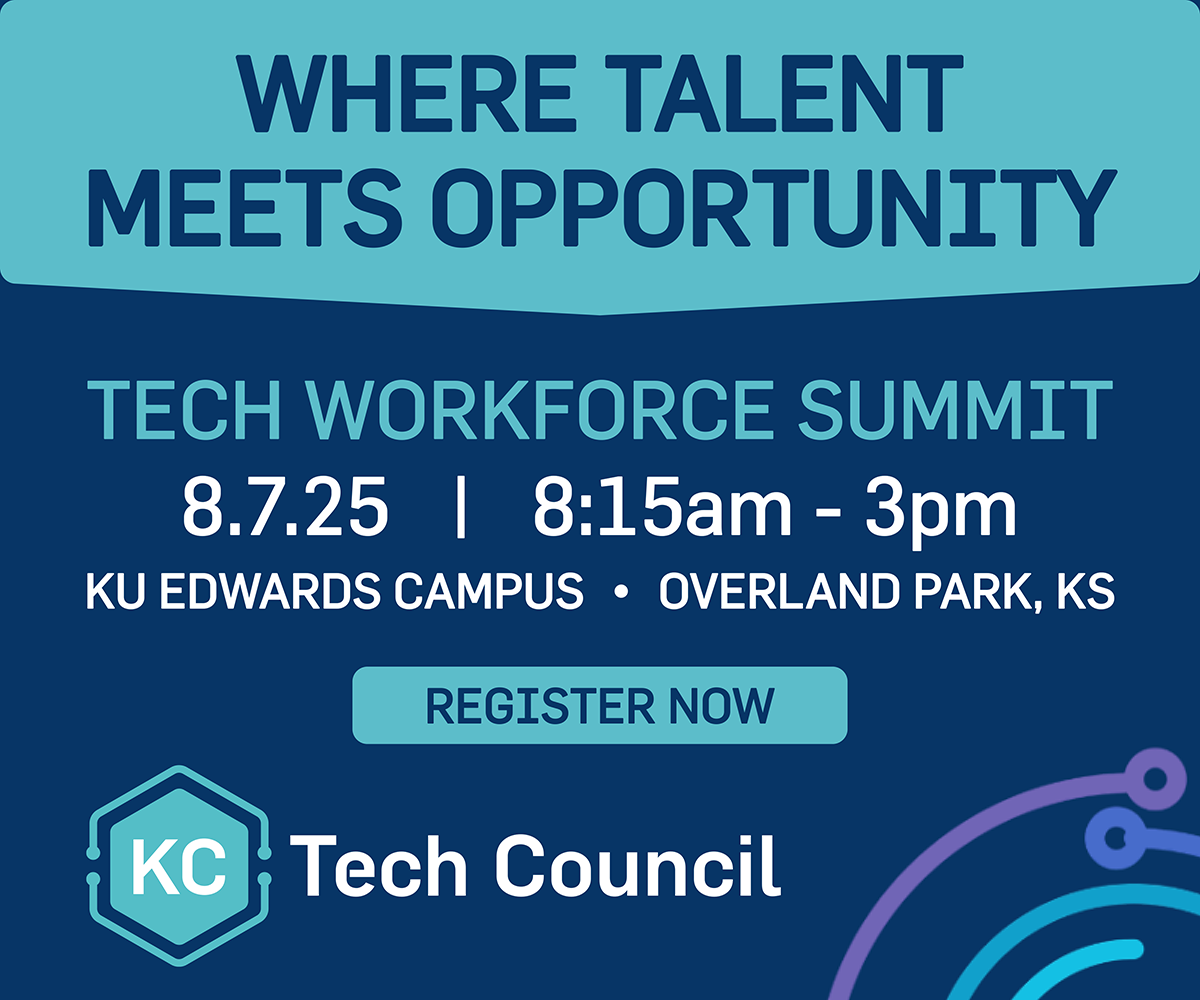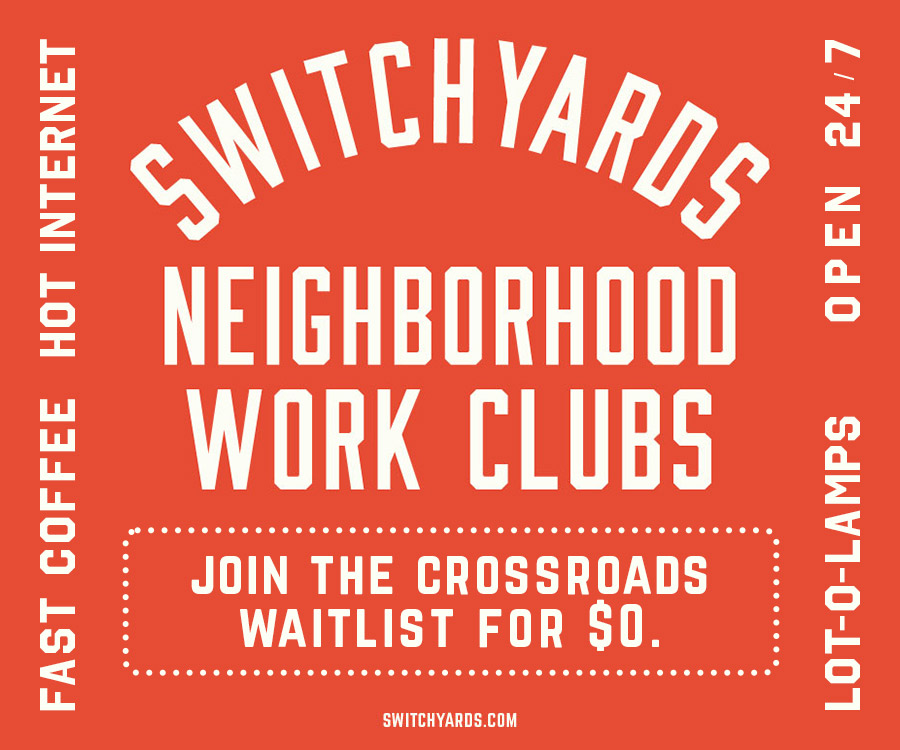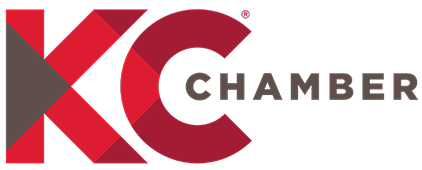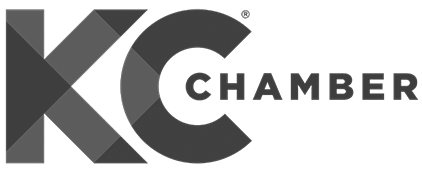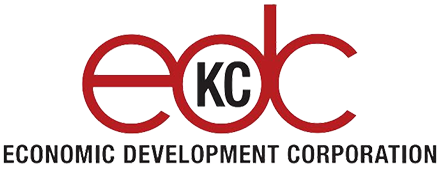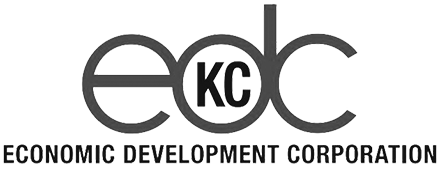Editor’s note: Startland News is continuing its new segment to highlight area entrepreneurs’ efforts to accelerate their businesses. This is an opportunity for entrepreneurs to share their stories to gain a little help from their supporters. If you or your startup is running a crowdfunding campaign, let us know by contacting news@startlandnews.com
Who are you?
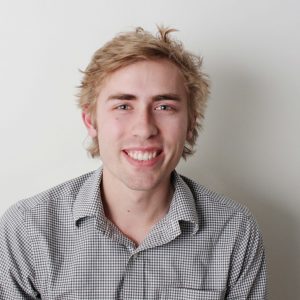
Anderson
Braden Anderson, co-founder and director
What’s your product?
KCGeoLab is a startup nonprofit that popularizes the use of open data and geographical science in the mainstream. We believe that a “smart city” is not only a place with smart tech but with people who know how to use it to impact their communities.
We have 3D-printed a model of Downtown Kansas City that we are taking around to events in the city. People can interact with projected data maps to explore the city in a totally new way. Recently, we demonstrated this exhibit at Maker Faire at Union Station.
We want to eventually create a brick and mortar interactive data museum dedicated solely to Kansas City as a place. Think Science City but for geography. People will come and explore Kansas City’s water systems, historic streetscapes, infrastructure, ecosystems and way more.
This summer, we are focusing on generating media content that explores Kansas City in a scientific way. We are also in the early steps of planning our education programs, which we hope to pilot in partnership with local teachers this coming spring.
How much do you hope to raise?
What do you plan to use the funds for?
The first priority is to fund our application for 501(c)3 status with the IRS, which can be an expensive and time-consuming process.
The rest of the funds will go toward continuing our vision through programs that directly impact people. They’ll help us start to build bigger and better exhibits both for public events and to take to local schools. A few exhibits we’re excited for are an interactive water systems simulation, an amplified terrain model, and a VR exploration of historic Kansas City streetscapes.
We’ll also use the funds to develop media and web-based resources for people. One project we hope to accomplish within the year is an interactive tool that allows people to intuitively explore open data sources relevant to the Kansas City area. Open data is amazing but every organization and government has their own individual platform, which can be confusing for users. Finding open data is one of the most fundamental challenges preventing everyday people from using with it. We’re going to fix that.
How are you differentiating your campaign?
We’re just getting out and talking to as many people as possible face to face. We’re finding that people are curious, and the idea kind of sells itself. Everyone here loves this town, and we’re offering them the chance to get to know it better. We recently exhibited at Maker Faire and met probably a thousand people. We believe in our vision and others seem to as well.
But besides just being out on the streets, we’re also generating meaningful digital content in the form of blog posts and maps. We are trying to show people a different side to Kansas City they’ve never seen before, and encourage them to share those stories on social media.
Is there anything quirky with your campaign?
In August on First Friday, we will be setting up an exhibition where people off the street can help us to create a crowdsourced “perception map” of neighborhoods in Kansas City. The hope is people will offer a word or two to describe areas in the city with which they are familiar.
Not only do we hope to get the word out of our Kickstarter campaign, we think it will be a fun and revealing exercise that shows what people really think about different parts of Kansas City. Keep an eye on our social media for more details!
Any advice on launching a crowdfunding campaign?
For us, our concept is everything. We’re selling a mindset and a set of knowledge tools rather than a physical product. That being said, we’ve benefitted the most so far from just continually demonstrating the value of our vision and allowing people to interact with it too.
It’s not enough to just tell people your ideas are important. Let them find out for themselves. At Maker Faire, we had normal, everyday people (and many geographers!) staring at our Downtown 3D model asking questions about topography, vacancy, history and land use, things most people probably rarely think about. Once you have people asking questions, you’ve accomplished the hardest part of marketing a campaign.
